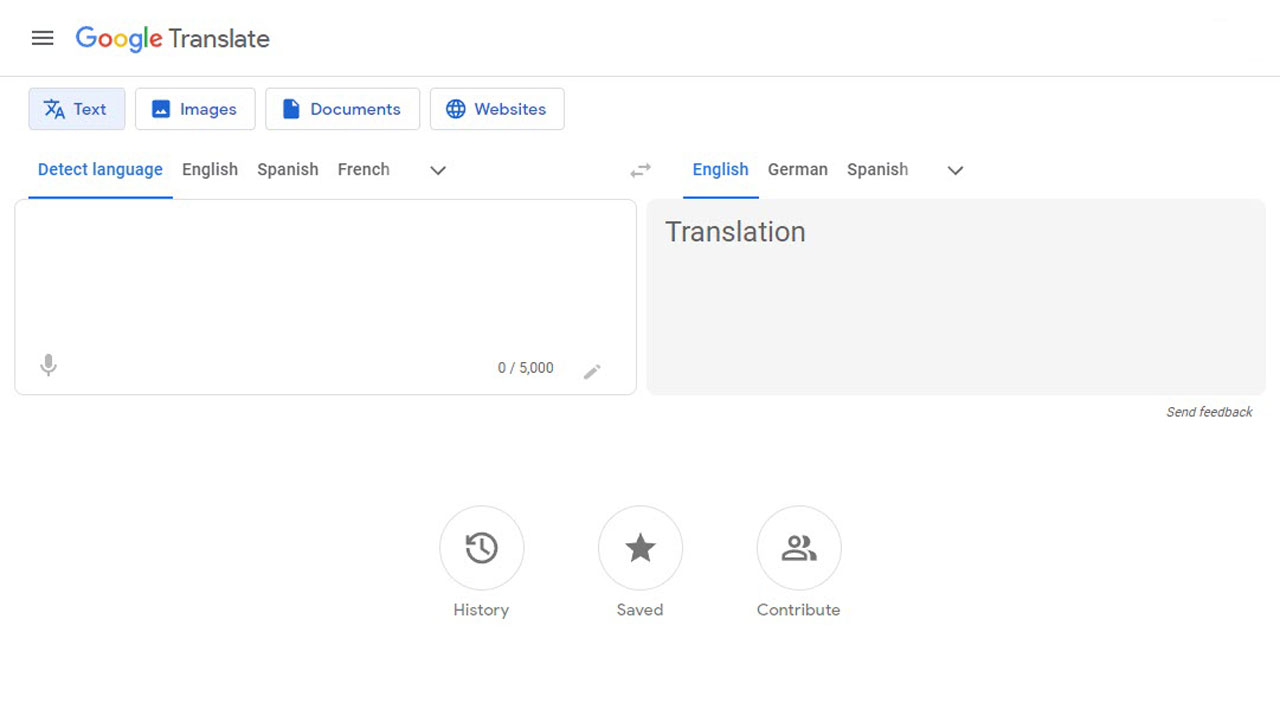Machine translation transfers information from one language to another by a computer without human intervention. This is the most advanced method of computer-generated translations. Thanks to autonomous learning based on artificial intelligence.
5 Minutes to read
Machine Translation Today
The current machine translation algorithms use on a completely different principle than former statistic or rule-based machine translation methods. Modern translation algorithms uses a large, so-called neural network based on a human brain model with the help of artificial intelligence.
The neural network is the most advanced method for computer-generated translations. Autonomous learning based on artificial intelligence, Big Data, and Deep Learning. This method has made enormous progress in the last recent years. Nowadays, neural machine translation programs can be used as a basis for professional translations.
Neural algorithms can generate accurate translations as well as learning a language continuously. This technology improves the quality of the translated language by learning, by training. To make neural network translations to work well, the network in behind must be trained. Training means that a large amount of data feeds the algorithms to improve the reliability of the final results.
Google Translate
In the past few decades, technology has radically changed the way we communicate with each other. A stunning example is Google Translate, a free online service that has become synonymous with fast and accurate machine translation in recent years.
| This website supports Google Translate. If you want a translation to different language, click on the translation icon in the upper right corner of this page. |
Google Translate was started in April 2006 as an experimental translation feature and has seen amazing development since then. Initially, the service only offered a few languages and had many limitations. However, using machine learning, neural networks, and artificial intelligence, Google Translate has become one of today’s most powerful translation tools.
Technology in Behind
The key to Google Translate’s success is its use of neural machine translation models. Rather than relying on predefined rules and dictionaries, the system analyzes large amounts of text data to identify patterns and relationships between different languages. This approach allows the translator to learn and continuously adapt to nuances and contexts of current language.
Machine learning and artificial intelligence have enabled Google Translate to deliver translations with impressive accuracy, in many cases even on par with human translators. This groundbreaking advance has made Google Translate an essential tool for millions of people facing daily language barriers.
Impact on Society
The success of Google Translate has fundamentally changed the way people around the world communicate. It has broken down the barriers between languages and enabled global access to information and knowledge. People who previously struggled to communicate in foreign countries or understand foreign language texts can now effortlessly access the power of translation.
This tool has helped travelers, business people, researchers, scientists, and students benefit from the opportunities for global collaboration and cultural exchange. It has broken down barriers between different cultures and promoted intercultural dialogue.
Web Interface
Text translation with Google Translate is very easy. Open the Web Interface in a browser and enter the text in the provided space. Select the source and desired target language, click Translate and you’re done. The translation will appear immediately. You can also listen to the pronunciation of the translated text by clicking on the speaker icon.
Challenges
Although modern AI-based translators have made tremendous strides, some challenges still must be overcome. Translating complex or idiomatic expressions and considering cultural differences remain difficult for machine translation systems. Nevertheless, companies like Google are constantly working to improve the accuracy and quality of their translations.
In addition, the issue of data protection and privacy is becoming increasingly important as machine translation relies on vast amounts of text data. All AI tools like Google Translate must ensure users' privacy is respected and their data is adequately protected.
The success of Google Translate is undoubtedly one of the most impressive achievements in machine translation. It has brought the world closer together, broken down communication barriers, and facilitated the global exchange of ideas and cultures. While there are still challenges to be overcome, current translators are undoubtedly game changers for the future of language translation and a tool that unites humankind in its cultural diversity.
